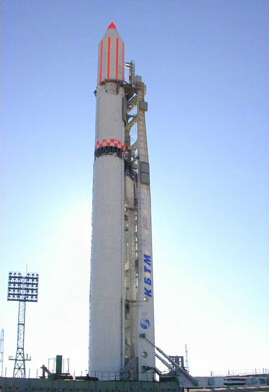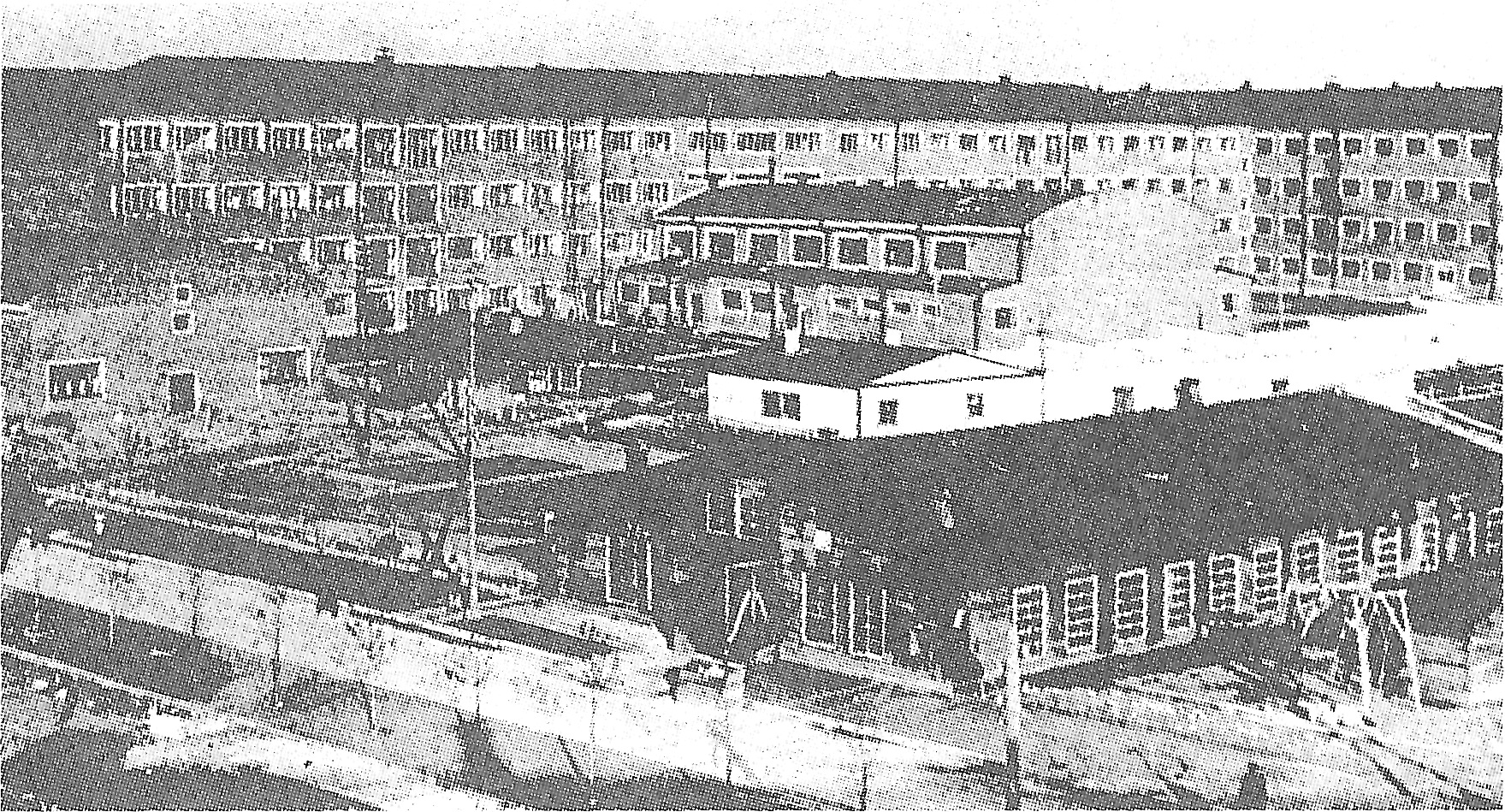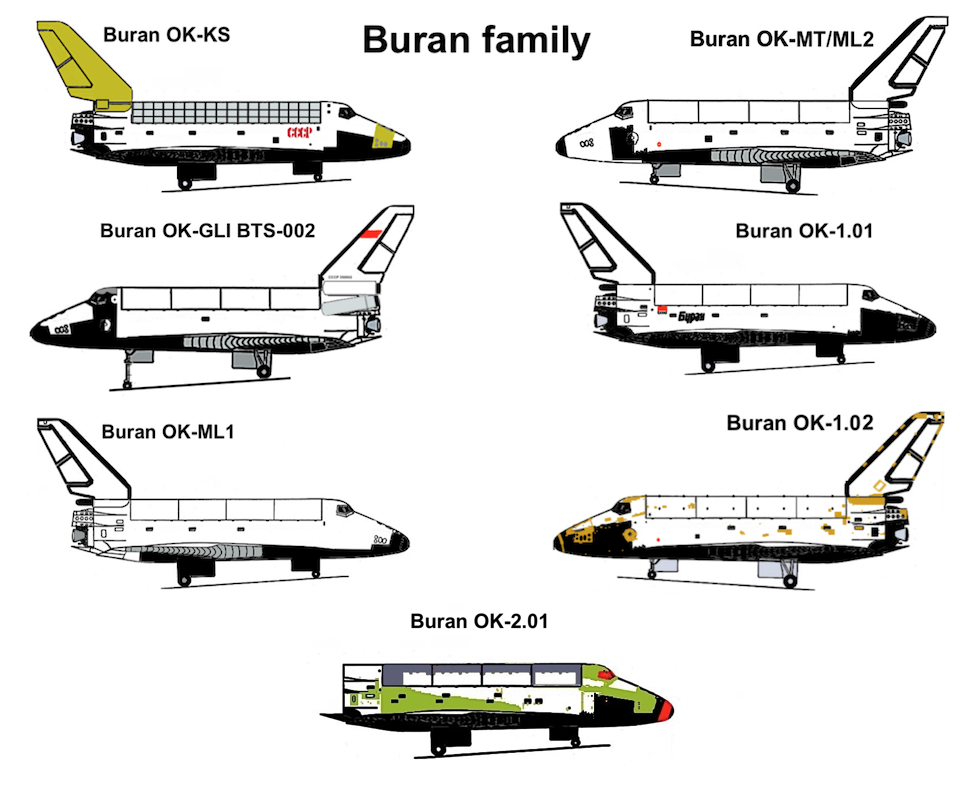|
Leonid Kadeniuk
Leonid Kostyantynovych Kadenyuk ( uk, Леонід Костянтинович Каденюк, 28 January 1951 – 31 January 2018) was the first astronaut of independent Ukraine who flew into outer space. He flew on NASA's Space Shuttle ''Columbia'' in 1997 as part of the international mission STS-87. Kadenyuk held the rank of Major general in the Ukrainian Air Force. He was Deputy of Ukraine of the 4th convocation, People's Ambassador of Ukraine, Hero of Ukraine, President of the Aerospace Society of Ukraine, Adviser to the Prime Minister of Ukraine and Chairman of the State Space Agency of Ukraine, Honorary Doctor of Chernivtsi National University. Biography Leonid Kadenyuk was born on 28 January 1951 in the village of Klishkivtsi, Khotyn district, Chernivtsi region in a family of rural teachers. In 1967, after graduating from high school with a silver medal, he entered the Chernihiv Higher Military Aviation School of Pilots. After graduating from the Aviation Sc ... [...More Info...] [...Related Items...] OR: [Wikipedia] [Google] [Baidu] |
Ukrainians
Ukrainians ( uk, Українці, Ukraintsi, ) are an East Slavic ethnic group native to Ukraine. They are the seventh-largest nation in Europe. The native language of the Ukrainians is Ukrainian. The majority of Ukrainians are Eastern Orthodox Christians. While under the Polish–Lithuanian Commonwealth, the Austrian Empire, and then Austria-Hungary, the East Slavic population who lived in the territories of modern-day Ukraine were historically known as Ruthenians, referring to the territory of Ruthenia, and to distinguish them with the Ukrainians living under the Russian Empire, who were known as Little Russians, named after the territory of Little Russia. Cossack heritage is especially emphasized, for example in the Ukrainian national anthem. Ethnonym The ethnonym ''Ukrainians'' came into wide use only in the 20th century after the territory of Ukraine obtained distinctive statehood in 1917. From the 14th to the 16th centuries the western portions of the Europe ... [...More Info...] [...Related Items...] OR: [Wikipedia] [Google] [Baidu] |
State Space Agency Of Ukraine
The State Space Agency of Ukraine (SSAU; uk, Державне космічне агентство України, ''Derzhavne kosmichne ahentstvo Ukrayiny'', ДКАУ, ''DKAU'') is the Ukrainian government agency responsible for space policy and programs. Along with the Ukrainian Defense Industry and the Antonov Aeronautical Scientific-Technical Complex, it is a major state complex of the national defense industry of Ukraine.The agency was formed in 1992 based on the Soviet space program infrastructure remaining in Ukraine following the dissolution of the Soviet Union. The State Space Agency of Ukraine does not specialize in crewed astronautical programs. It is the second of two direct Soviet space program descendants. The Ukrainian city of Dnipro, also known as the Rocket City, during Soviet period was one of the Soviet space rocket manufacturing centers, while the cities of Kyiv and Kharkiv provided various other technological support. Those remnants of the Soviet space prog ... [...More Info...] [...Related Items...] OR: [Wikipedia] [Google] [Baidu] |
Glider (aircraft)
A glider is a fixed-wing aircraft that is supported in flight by the dynamic reaction of the air against its lifting surfaces, and whose free flight does not depend on an engine. Most gliders do not have an engine, although motor-gliders have small engines for extending their flight when necessary by sustaining the altitude (normally a sailplane relies on rising air to maintain altitude) with some being powerful enough to take off by self-launch. There are a wide variety of types differing in the construction of their wings, aerodynamic efficiency, location of the pilot, controls and intended purpose. Most exploit meteorological phenomena to maintain or gain height. Gliders are principally used for the air sports of gliding, hang gliding and paragliding. However some spacecraft have been designed to descend as gliders and in the past military gliders have been used in warfare. Some simple and familiar types of glider are toys such as paper planes and balsa wood gliders ... [...More Info...] [...Related Items...] OR: [Wikipedia] [Google] [Baidu] |
Buran Programme
The ''Buran'' program (russian: Буран, , "Snowstorm", "Blizzard"), also known as the "VKK Space Orbiter program" (russian: ВКК «Воздушно-Космический Корабль», lit=Air and Space Ship), was a Soviet and later Russian reusable spacecraft project that began in 1974 at the Central Aerohydrodynamic Institute in Moscow and was formally suspended in 1993. In addition to being the designation for the whole Soviet/Russian reusable spacecraft project, ''Buran'' was also the name given to Orbiter K1, which completed one uncrewed spaceflight in 1988 and was the only Soviet reusable spacecraft to be launched into space. The ''Buran''-class orbiters used the expendable Energia rocket as a launch vehicle. Unlike the Space Shuttle, Buran had a capability of flying uncrewed missions, as well as performing fully automated landings. The Buran program was started by the Soviet Union as a response to the United States Space Shuttle program. The project was the la ... [...More Info...] [...Related Items...] OR: [Wikipedia] [Google] [Baidu] |
Moscow Aviation Institute
Moscow Aviation Institute (National Research University) (MAI; russian: Московский авиационный институт, МАИ) is one of the major engineering institutes in Moscow, Russia. Since its inception MAI has been spearheading advances in aerospace technology both within Russia and worldwide. The university laid emphasis on laboratory instruction in applied science and engineering, specific to the demands of aerospace industry. During World War II part of the university was evacuated to Almaty, Kazakhstan. Staffs and students continued to work on research and wartime production throughout the war. During the Post-War period, the university expanded and assimilated new technologies during the Jet age. Research conducted in the university contributed to heralding the space age. The university has to its merit more than 160,000 specialists, 250 chief designers in the Aerospace Industry. 50 Academicians of the Russian Academy of Sciences, 22 cosmonauts ... [...More Info...] [...Related Items...] OR: [Wikipedia] [Google] [Baidu] |
Soviet Union
The Soviet Union,. officially the Union of Soviet Socialist Republics. (USSR),. was a List of former transcontinental countries#Since 1700, transcontinental country that spanned much of Eurasia from 1922 to 1991. A flagship communist state, it was nominally a Federation, federal union of Republics of the Soviet Union, fifteen national republics; in practice, both Government of the Soviet Union, its government and Economy of the Soviet Union, its economy were highly Soviet-type economic planning, centralized until its final years. It was a one-party state governed by the Communist Party of the Soviet Union, with the city of Moscow serving as its capital as well as that of its largest and most populous republic: the Russian Soviet Federative Socialist Republic, Russian SFSR. Other major cities included Saint Petersburg, Leningrad (Russian SFSR), Kyiv, Kiev (Ukrainian Soviet Socialist Republic, Ukrainian SSR), Minsk (Byelorussian Soviet Socialist Republic, Byelorussian SSR), Tas ... [...More Info...] [...Related Items...] OR: [Wikipedia] [Google] [Baidu] |
Test Pilot
A test pilot is an aircraft pilot with additional training to fly and evaluate experimental, newly produced and modified aircraft with specific maneuvers, known as flight test techniques.Stinton, Darrol. ''Flying Qualities and Flight Testing of the Airplane.'' American Institute of Aeronautics and Astronautics, Inc., 1996, p. 265 History Test flying as a systematic activity started during the First World War, at the Royal Aircraft Establishment (RAE) in the United Kingdom. An "Experimental Flight" was formed at the Central Flying School. During the 1920s, test flying was further developed by the RAE in the UK, and by the National Advisory Committee for Aeronautics (NACA) in the United States. In the 1950s, NACA was transformed into the National Aeronautics and Space Administration, or NASA. During these years, as work was done into aircraft stability and handling qualities, test flying evolved towards a more qualitative scientific profession. In the 1950s, test pilots we ... [...More Info...] [...Related Items...] OR: [Wikipedia] [Google] [Baidu] |
Citizenship
Citizenship is a "relationship between an individual and a state to which the individual owes allegiance and in turn is entitled to its protection". Each state determines the conditions under which it will recognize persons as its citizens, and the conditions under which that status will be withdrawn. Recognition by a state as a citizen generally carries with it recognition of civil, political, and social rights which are not afforded to non-citizens. In general, the basic rights normally regarded as arising from citizenship are the right to a passport, the right to leave and return to the country/ies of citizenship, the right to live in that country, and to work there. Some countries permit their citizens to have multiple citizenships, while others insist on exclusive allegiance. Determining factors A person can be recognized or granted citizenship on a number of bases. Usually, citizenship based on circumstances of birth is automatic, but an application may be required. ... [...More Info...] [...Related Items...] OR: [Wikipedia] [Google] [Baidu] |
Russian Space Forces
The Russian Space Forces ( rus, Космические войска России, Kosmicheskie voyska Rossii, KV) are a branch of the Russian Aerospace Forces, that provides aerospace warning, air and space sovereignty, and other related protection for Russia. Having been reestablished following August 1, 2015 merger between the Russian Air Force and the Russian Aerospace Defence Forces after the independent arm of service was dissolved in 2011. The Russian Space Forces were originally formed on August 10, 1992, alongside the creation of the Russian Armed Forces. The organization shared control of the Baikonur Cosmodrome with Roscosmos, the Federal Space Agency. It also operated the Plesetsk and the Svobodny Cosmodromes. However the Russian Space Forces were dissolved in July 1997 and incorporated into the Strategic Missile Forces. The Russian Space Forces were once again reformed as an independent troop on June 1, 2001, under a military reorganization. However, by Decemb ... [...More Info...] [...Related Items...] OR: [Wikipedia] [Google] [Baidu] |
History Of The Soviet Union (1982–91)
The history of Soviet Russia and the Soviet Union (USSR) reflects a period of change for both Russia and the world. Though the terms "Soviet Russia" and "Soviet Union" often are synonymous in everyday speech (either acknowledging the dominance of Russia over the Soviet Union or referring to Russia during the era of the Soviet Union), when referring to the foundations of the Soviet Union, "Soviet Russia" often specifically refers to brief period between the October Revolution of 1917 and the creation of the Soviet Union in 1922. Before 1922, there were four independent Soviet Republics: the Russian Soviet Federative Socialist Republic, Ukrainian Soviet Socialist Republic, Byelorussian SSR, and Transcaucasian SFSR. These four became the first Union Republics of the Soviet Union, and was later joined by the Bukharan People's Soviet Republic and Khorezm People's Soviet Republic in 1924. During and immediately after World War II, various Soviet Republics annexed portions of countri ... [...More Info...] [...Related Items...] OR: [Wikipedia] [Google] [Baidu] |
Buran (spacecraft)
''Buran'' (russian: Буран, , meaning "Snowstorm" or "Blizzard"; GRAU index serial number: 11F35 1K, construction number: 1.01) was the first spaceplane to be produced as part of the Soviet/Russian Buran program. Besides describing the first operational Soviet/Russian shuttle orbiter, "Buran" was also the designation for the entire Soviet/Russian spaceplane project and its orbiters, which were known as "Buran-class orbiters". Buran completed one uncrewed spaceflight in 1988, and was destroyed in the 2002 collapse of its storage hangar. The Buran-class orbiters used the expendable Energia rocket, a class of super heavy-lift launch vehicle. It is named after the Asian wind. Construction The construction of the Buran spacecraft began in 1980, and by 1984 the first full-scale orbiter was rolled out. Over 1000 companies all over the Soviet Union were involved in construction and development. The Buran spacecraft was made to be launched on the Soviet Union's super-heavy l ... [...More Info...] [...Related Items...] OR: [Wikipedia] [Google] [Baidu] |
Soviet Air Forces
The Soviet Air Forces ( rus, Военно-воздушные силы, r=Voyenno-vozdushnyye sily, VVS; literally "Military Air Forces") were one of the air forces of the Soviet Union. The other was the Soviet Air Defence Forces. The Air Forces were formed from components of the Imperial Russian Air Service in 1917, and faced their greatest test during World War II. The groups were also involved in the Korean War, and dissolved along with the Soviet Union itself in 1991–92. Former Soviet Air Forces' assets were subsequently divided into several air forces of former Soviet republics, including the new Russian Air Force. "March of the Pilots" was its song. Origins The ''All-Russia Collegium for Direction of the Air Forces of the Old Army'' (translation is uncertain) was formed on 20 December 1917. This was a Bolshevik aerial headquarters initially led by Konstantin Akashev. Along with a general postwar military reorganisation, the collegium was reconstituted as the "Workers' ... [...More Info...] [...Related Items...] OR: [Wikipedia] [Google] [Baidu] |




.jpg)
.jpg)
